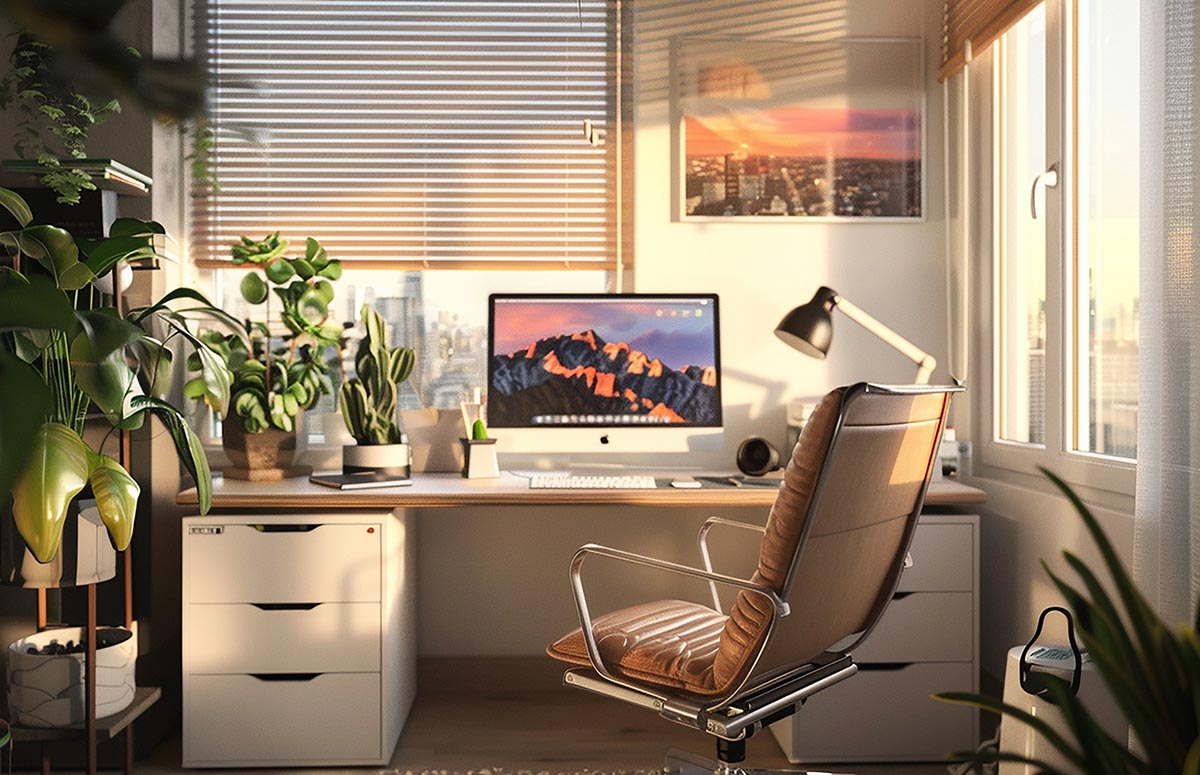The Rise of Minimalist Design in Modern Web Development
✨Key Points
- Minimalist design boosts clarity and conversions by removing clutter and guiding users to take action more easily across all devices.
- Clean layouts and fewer elements lead to faster load times, better SEO, and smoother mobile experiences.
- Modern tools like Blocksy make it easy to build customizable, minimalist websites without writing a single line of code.
In today’s fast-paced digital world, web users seek clarity and ease.
Modern minimalism, inspired by the broader owning less movement, brings that mindset into design — removing distractions and focusing on what truly matters.
Minimalist design provides both function and calm.
It eliminates clutter, highlights essentials, and creates space for intention.
Clean layouts, simple typography, and intuitive navigation now define successful websites.
This post explores the shift toward simplicity, the core elements of minimalist web design, and why this aesthetic continues to resonate online.
The Shift Towards Simplicity
Over the past decade, web development has moved from flashy features to refined simplicity.
Users no longer want to be overwhelmed by too many visuals.
Instead, they seek smooth, focused interactions.
Brands that simplify their web design often see better user retention and conversions.
Minimalism isn’t just a trend, it’s a strategic design choice.
Core Elements of Minimalist Web Design
Minimalist websites focus on essentials.
White space, limited color palettes, and clean fonts are crucial.
Each design element serves a purpose.
There’s no room for extra clutter or distractions. This improves loading speed and mobile compatibility.
It also aligns with SEO best practices and enhances the overall user experience.
Visual Hierarchy and User Focus
Minimalism enhances user flow by guiding attention with visual hierarchy.
Instead of shouting with design, it whispers.
Headlines, call-to-action buttons, and product images stand out more.
The design quietly supports the content. This makes it easier for visitors to take desired actions like signing up or making a purchase.
The Role of Speed and Performance
Minimalist websites usually load faster. They use fewer elements and smaller file sizes.
This helps reduce bounce rates. Search engines favor fast-loading websites.
So, minimalist design doesn’t just look good, it improves performance.
Web developers now prioritize loading speed as part of the user experience.
Customization Without Complexity
Many developers and creators want customization but fear complexity.
Luckily, modern tools allow for minimalism without sacrificing flexibility.
A great example is the WordPress theme Blocksy.
It provides lightweight, responsive design tools with advanced customization options.
Users can create beautiful, minimalist websites without coding skills.
Mobile-First Thinking
Mobile traffic dominates the internet today. Minimalist design naturally adapts to smaller screens.
With fewer elements, websites look and perform better on phones and tablets.
Responsive frameworks and mobile-first approaches benefit from minimalist layouts.
The fewer elements you use, the easier it is to adapt across devices.
Minimalism in E-Commerce
E-commerce brands also benefit from minimalist principles.
Clear product displays, simple navigation, and focused call-to-action lead to better sales.
Customers want fast, distraction-free shopping experiences.
Minimalist design removes the friction. It helps shoppers focus on the product and not the website.
Why Minimalism Appeals to Modern Users
Today’s users value time and clarity.
They want information quickly, and they want it presented in a clean way.
Minimalist websites communicate trust and professionalism.
They feel more refined and easier to navigate.
For this reason, businesses, bloggers, and creatives are turning to minimalist design solutions.
Accessibility and Inclusive Design Benefits
Minimalist web design also supports accessibility and inclusive design practices.
Fewer on-screen elements reduce cognitive overload for users with disabilities.
Clear typography and high-contrast color schemes improve readability.
Simplified layouts are easier for screen readers to navigate.
This ensures your website can be enjoyed by a wider audience, enhancing reach and social responsibility.
Endnote
Minimalist web design isn’t about doing less; it’s about doing more with less.
It’s purposeful, clean, and effective. As digital attention spans shrink, minimalism helps websites stay relevant.
Whether you’re a blogger or a business, embracing simplicity could be the smartest design choice you make.




















